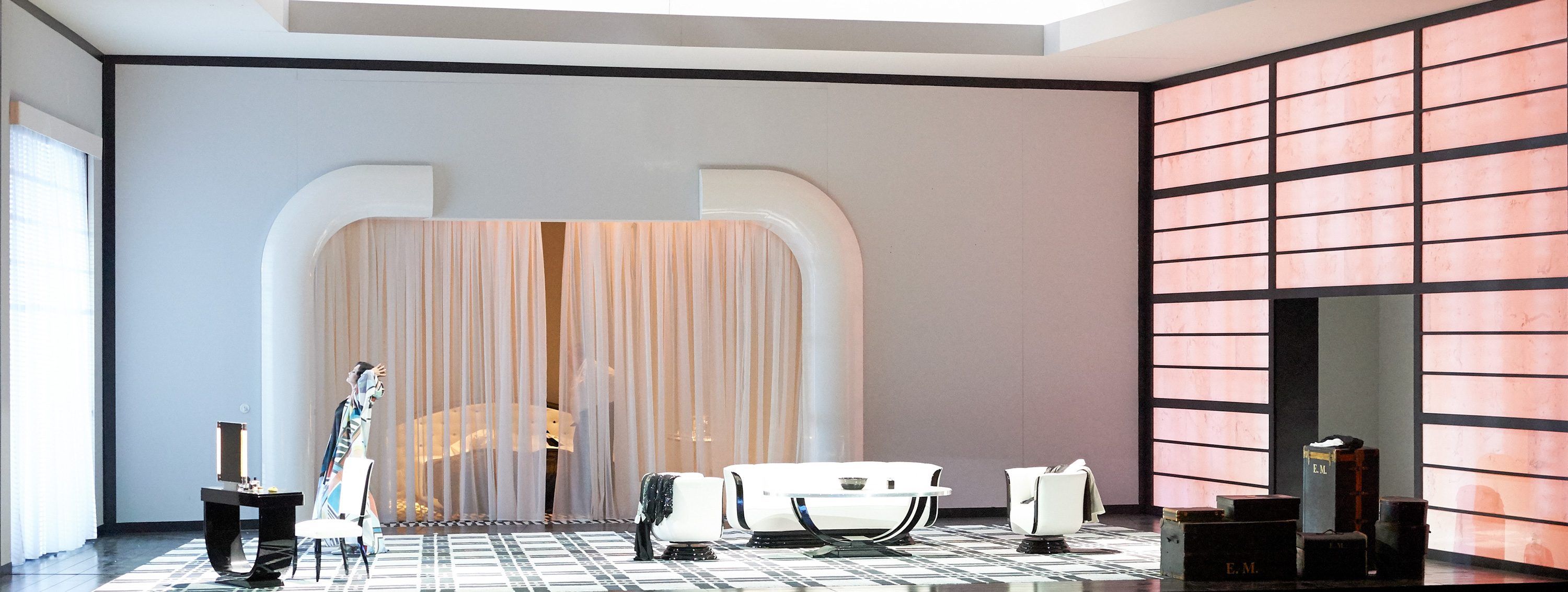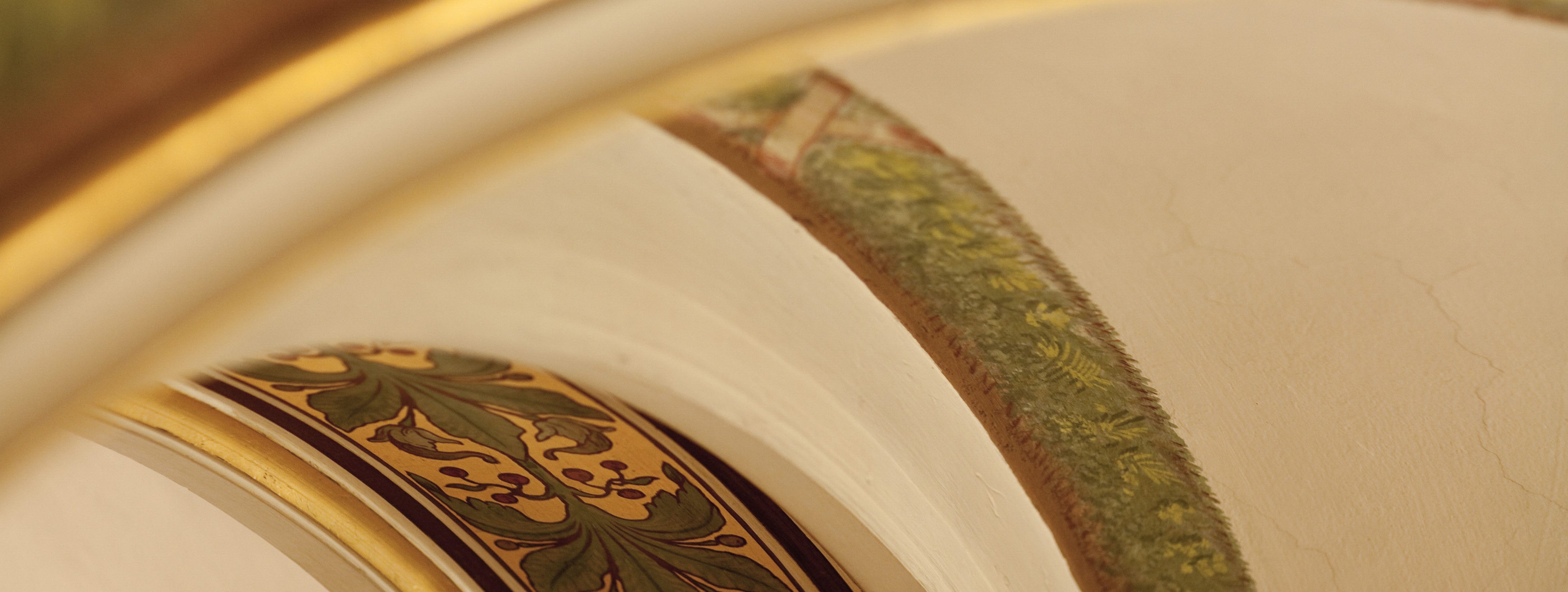About the Production
At the heart of Věc Makropulos is a recipe for a life-prolonging elixir invented by the doctor Hieronymus Makropulos for Emperor Rudolf II. It was tested on the doctor's beautiful daughter, who has now been on earth for 337 years and has had countless affairs over the generations. In the end, however, the seemingly young woman has to realize that an endless life on this side of the world only brings loneliness...
Vec
Makropulos
Storyline
In a law firm: the end of the long inheritance process has arrived. The case seems lost for Albert Gregor (the descendant of Ferdinand Gregor). His lawyer, Dr. Kolenatý, arrives together with a mysterious singer, Emilia Marty.
To everyone's astonishment, she knows the background to the inheritance dispute - and refers to a previously unknown will of the baron, which is then found and brought to the court by Dr. Kolenatý accompanied by his opponent Jaroslav Prus. However, Emilia Marty is primarily interested in a Greek document enclosed with the will. Albert Gregor falls in love with Emilia Marty.
In an opera house, after a performance Everyone is delighted by Emilia Marty's singing, but her reaction is largely rude and dismissive. She turns to an old man named Hauk-Šendorf, who believes he recognizes a former lover in her. Jaroslav Prus reveals inaccuracies in her will and keeps the Greek document for himself.
In a hotel room: Jaroslav Prus is disappointed by Emilia Marty's coldness after the night in question. Nevertheless, he hands her the Greek document she is looking for. A short time later, news arrives that his son Janek has committed suicide out of love for Emilia Marty. Kolenatý, his assistant Vítek, Jaroslav Prus and Albert Gregor learn the story of her life in conversation with Emilia Marty. The Greek document she was looking for is the 300-year-old recipe that Emilia Marty wants to use to prolong her life once again. But she ultimately changes her mind and decides to die. Krista burns the document.
In this production, director Peter Stein and his team cleverly show the intertwining of different time levels, in which the past can no longer find a place in the present and must therefore fade away. The fact that the second act, which is intended to depict the interior of an opera house after a performance, shows a view from the stage into the mirrored auditorium of the Vienna State Opera is intended as an ironic nod to the genius loci.
Věc Makropulos is one of Janáček's late works. Accordingly, the folkloristic element and the speech melodies as micromusical building blocks of the composition are no longer as predominant as in the earlier operas. Instead, Janáčeks experimented with very complex rhythms, sound structures, sound registers and harmonies without throwing classical tonality overboard.
It was also important to him to precisely depict the diverse psychological inner life of each individual character on stage - the orchestra in particular has the function of commentator and revealer of the subconscious and unconscious. Since Janáček's art not only has the task of entertaining or stimulating thought, but also of uplifting, the opera, like all his stage works, concludes on a hymn-like, cathartic note.
The composer Leoš Janáček was in the autumn of his life when he turned to Věc Makropulos(The Makropulos Affair). The model for this opera, which deals intensively with death, dying and the question of the meaningfulness of an infinite life in this world, was the comedy of the same name by Karel Čapek, which Janáček was able to experience in Prague. He enthusiastically acquired the setting rights and also wrote the libretto based on the original text. The work was completed after around two and a half years.
Janáček, then around 70 years old and longingly in love with his much younger muse Kamila Stösslová, had a clear opinion on the subject of infinite life, which he formulated in a letter to this very muse: "We are happy because we know that our lives will not last too long. Therefore, every moment must be used to the full." The state opera premiere of the work, which was first performed in Brno in 1926, took place very late in 2015 as part of a new Janáček cycle and was directed by the legendary Peter Stein.



